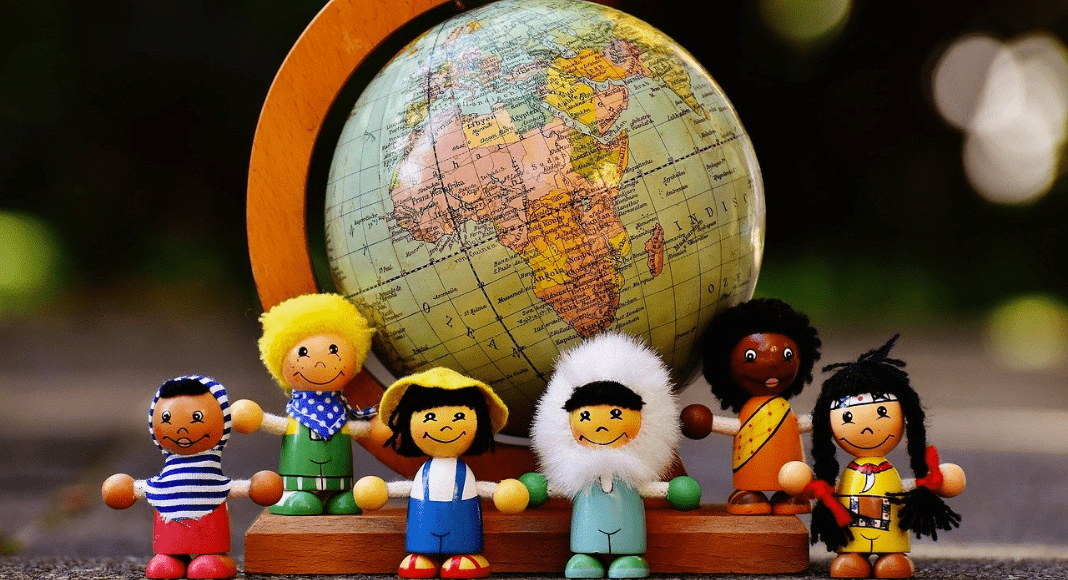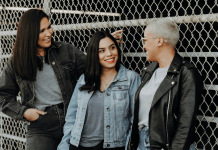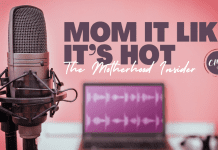Let’s talk representation. I hope we may already be on the same page, and agree that it matters, but if not, let me share a few things before I share how it matters so much to my family.
When it comes to kids’ toys, movies, and characters in books, there has been a LONG OVERDUE increase in representation when it comes to skin color, shape and size, hair and gender. Representation in these circumstances refers to characteristics we can see on the outside, which are uniquely something that may help to describe someone, but may also historically have been a source of discrimination and bullying. These types of representation are easily noticed because they are obvious to see and provide excellent opportunities to let children play with a toy that looks like them.

These issues must be portrayed in books, toys, and movies in a variety of characters, as it is what shapes our perceptions and perspectives as we grow up. When kids see a common narrative, it can create biases. As an example – for many years, Black women in business may not have been portrayed with natural hair as it was deemed “unprofessional” – when it was, in fact, their hair. Now, women in movies, TV shows, illustrated books and toys are shown with family, friends in the workplace and beyond with whatever hair they choose – making it feel like “unprofessional” and more just a beautiful way to describe someone’s appearance.
Breaking down or challenging historical views is what helps us to place ourselves in the future – especially for children.
A Huffpost article reminds us of these moments that really matter, with one example being the musical Hamilton. If you haven’t seen it, it’s the story of Alexander Hamilton and the history around the time of the writing of the Constitution. That being said, imagine the mind shift you had to make/would have to make when you see characters that we know historically were white men being played by Hispanic or black men instead. We all deserve to have the “look – it’s me” moment – and luckily the entertainment and toy industries are catching on.
The organization Toy Like Me shares that “for kids with disability, growing up being the only one in your class to rock hearing aids or roll on wheels, and rarely seeing anyone like you positively reflected in toys, books, TV or films can lead to a sense of isolation and low self-esteem.” And while representation for kids is important for those with a variety of disabilities or differences, it is also helpful for kids that do not have these same issues. Research has demonstrated that when kids play with toys that are different from them in some way for as short as 3-5 minutes, they develop a better attitude toward becoming friends with their peers with disabilities and differences, helping to reduce anxieties and apprehensions through play.
An amazing resource, created by Toy Like Me and researchers from Queen Margaret University, provides information for helping kids use toys to break down barriers. It’s 41 pages long but includes links to many toys that support representation.
Now, to bring this back using a personal story, our story.
I’ve been so happy to see just how far representation has gotten, as there are more opportunities for those with invisible and lesser-seen disabilities. As the mom of a kiddo with Type 1 Diabetes (T1D) – a mostly invisible condition – I have seen personally how important it is for these toys to exist, demonstrating to these kiddos that they matter, they are not that different, and they can do and be anything just as their peers. Two toys in particular have helped us so much:
- American Girl Doll Diabetes Care Accessories, which includes the same tools that my daughter uses for her diabetes so that she can pretend to play with her dolls.
- Lego Friends Sports Center, a set that includes a mini-figure that has a continuous glucose monitor. A YouTube review by ellieV describes the importance of this set as well.
In the world of T1D, many “celebrate” their diaversary – or the day they were diagnosed – as it does feel like an accomplishment to be alive and managing this 24/7/365 condition each year that passes. These amazing toys make this a special moment to recognize that there are some challenges with the condition – but it’s my daughter’s reality. It’s part of who she is, and now she can see in the toys she plays with that she is not alone.
I am so grateful that the shift toward representation is happening. It helps make hard days a little bit better, and it helps us to normalize my daughter’s condition and educate others so they can advocate for her and be less afraid of what she goes through. I encourage you to not be afraid to buy a toy that is a little different than your own kiddo, use the guide linked above, and have a conversation about differences to help us all relate. Our differences are what make us unique – and make the world go round after all!













